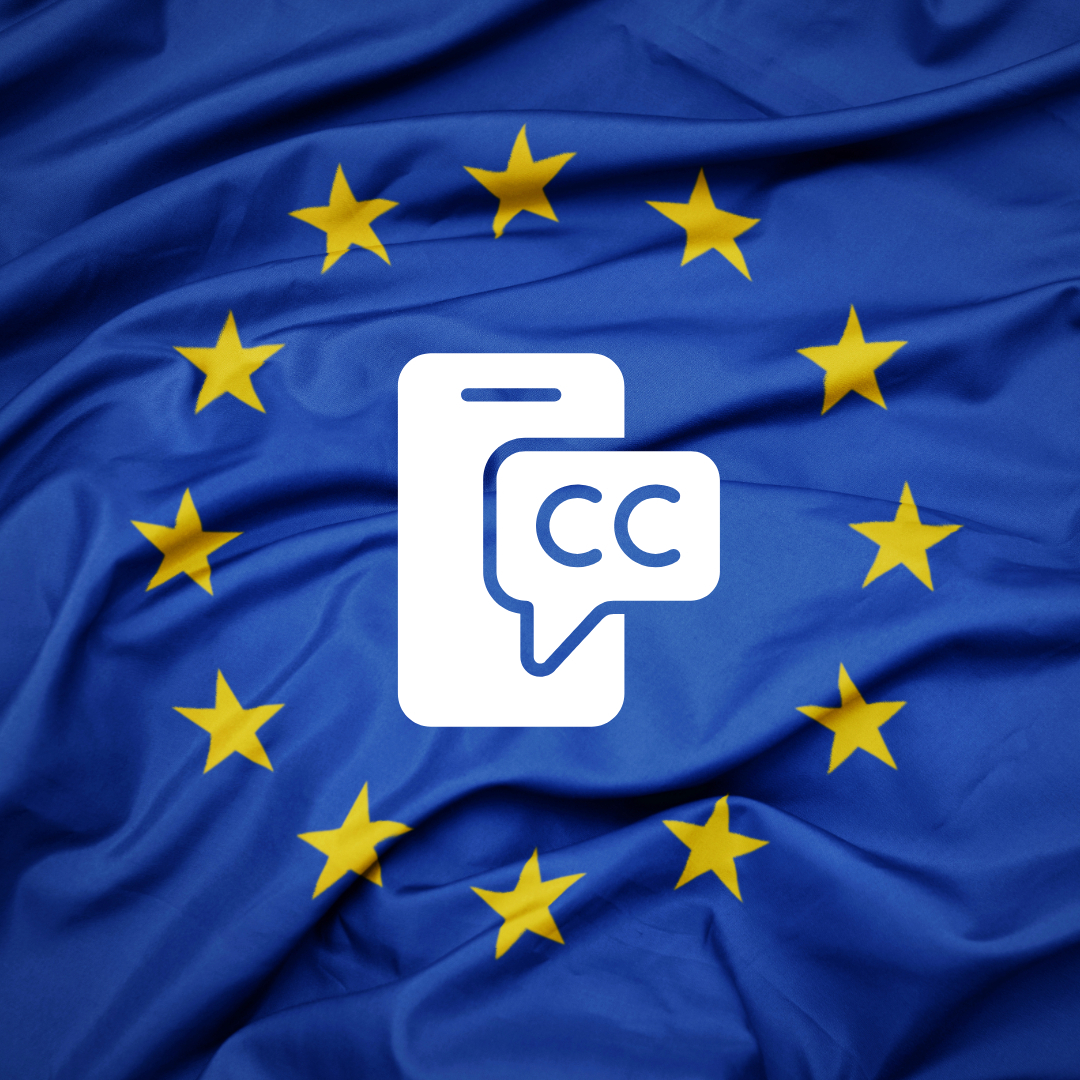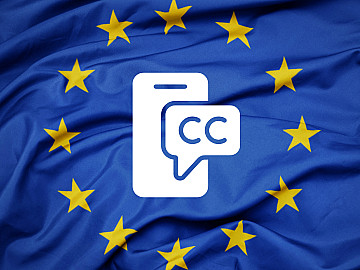Businesses have been given a deadline to comply with the European Accessibility Act, but what exactly does this mean, and what should you do to follow the new rules?
Intro
Using mobile devices and interactive tech is often taken for granted, but 135 million people in the EU have disabilities, and this can make accessing the web, media, and physical products much more difficult.
The European Commission has stated that all businesses must comply with the European Accessibility Act (EAA) by June 28th, 2025, to promote inclusivity and allow everyone in the EU access to the same features.
This gives you and your business a ticking clock to comply with the new legislation, but what details does the EAA include, and how do you ensure that your business complies with it?
What is the European Accessibility Act?
The European Accessibility Act (EAA) will standardise the accessibility requirements for essential products and services across all member states. By doing so, the EU aims to enhance accessibility online, in person, and when automated.
The EAA will result in a boost to cross-border trading through a standardised system and increase the size of the market due to the additional 135 million who don’t currently have easy access to products and services – this is a big win for inclusivity and accessibility!

For brands, it’s an opportunity to gain new audiences and product users who previously couldn’t consume your content or use your services.
So, what kinds of businesses will have to comply with the new EAA rules?
Which Businesses will the European Accessibility Act Affect?
The EAA will affect businesses based in the EU and those with audiences or consumers based in the EU. Most of the changes coming into effect will be found online, such as when contacting services, consuming media, and reading websites.
For example, websites will have to provide text alternatives to visual media and captions in video content.

However, compliance with the EAA also includes services in relation to public transport, consumer equipment, and banking.
For example, all ATMs will have to be accessible to those with visual impairments, using audio assistance in the form of voiceover.
Other businesses include:
- Websites/e-commerce
- Tech & operating systems
- Ticket sales & check-in machines
- Mobile Phones & apps
- Digital television services
- Telephony services
- Television broadcast equipment
- Transport services
- Banking services
You can see the full EAA here for more information regarding whether your business is affected and how.
Ultimately, businesses should cross-reference their services with the EAA to ensure that all rules and regulations are met before the deadline.
How do you comply with the European Accessibility Act?
The purpose of the EAA is clear, but detailing exactly what these changes mean for your business will require a closer look.
Following the Web Content Accessibility guidelines will keep your website compliant with the new rules, and the EAA’s accessibility requirements for physical products and services will also need to be met.
In addition to websites and products, businesses are expected to update staff training and complete regular site audits.

Brands should compare their current site and services with the full EAA guidelines to ensure that all rules and regulations are met before the 2025 deadline, including the use of subtitles and captions, alt text, sign language, and navigability without a mouse. You can use this ‘How to meet WCAG guide‘ to ensure your accessibility is top-notch.
Individual states are required to enforce the EAA independently, meaning the consequences of not updating your accessibility features will be different from country to country.
However, complying with the EAA isn’t just about avoiding legal ramifications; it’s an opportunity.
Strengthened accessibility will benefit your brand’s image, allowing people with disabilities to access your website and services like anyone else. Now that there are fewer limitations as to who can use your services, this will also increase your potential customer base — it’s a win-win!
Where can you Find Accessibility Services?
Look no further.
At Voquent, accessibility is our speciality. From implementing sign language, captions, and subtitles in videos to translating content into any language worldwide, it’s our job to get more eyes on your business and provide the necessary services to make your content EAA-compliant.
We offer a range of accessibility solutions tailored to meet your customers’ diverse needs. Give us some details, and we’ll give you a quick quote.
Conclusion
The European Accessibility Act is a transformative directive that aims to boost the inclusivity and accessibility of all websites, products, and services in Europe by 2025.
Your business must modify its website and physical services to comply with the new rules and avoid legal consequences. This will enhance the access and support of the elderly and those with disabilities towards your business, whether online or in-person.
Providing top-tier accessibility features will not only comply with the new legislation, but your customers will love it, too!
Remember, the deadline is June 28th, 2025!
Discover Accessibility Services
How to Increase Website Traffic with Content Localisation and Accessibility
Sometimes we include links to online retail stores such as Amazon. As an Amazon Associate, if you click on a link and make a
purchase, we may receive a small commission at no additional cost to you.

















